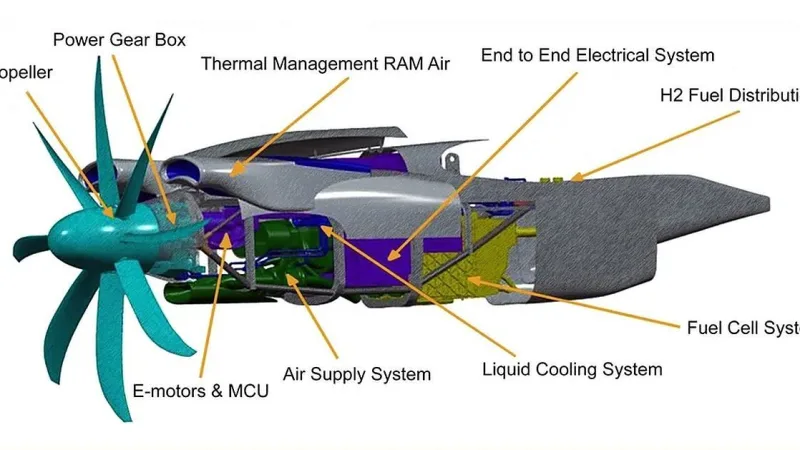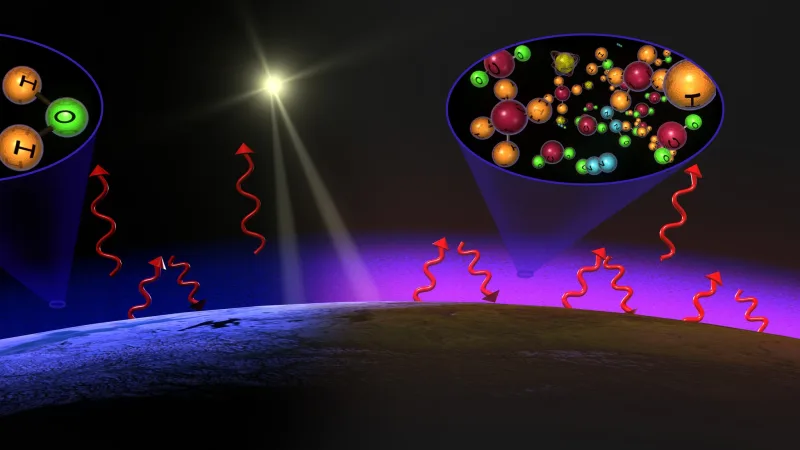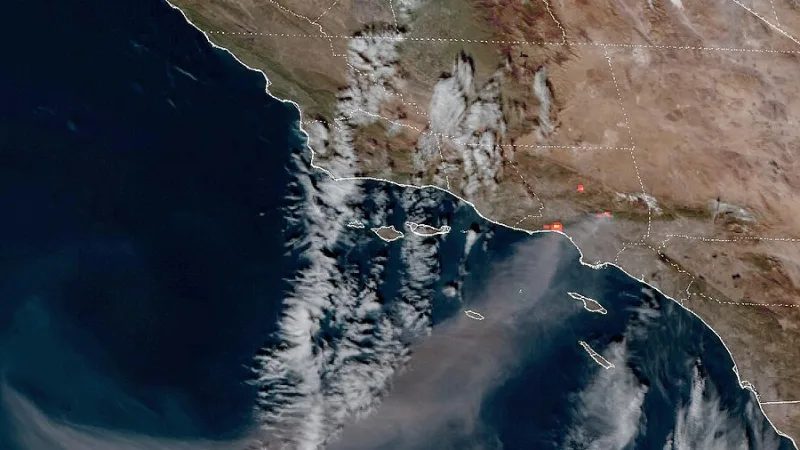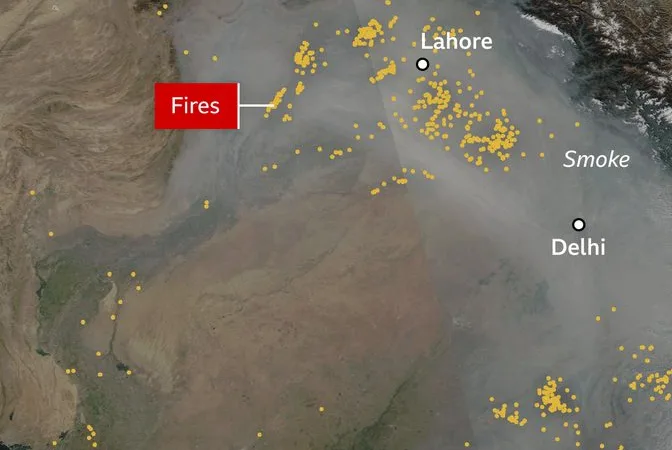Pushing Twilight Zone Life to Extinction: The Impact of Climate Change

Climate change is threatening to dramatically reduce life in one of the deepest parts of our oceans – the twilight zone. A new research study has found that global warming could lead to a decrease in Twilight Zone Life by as much as 40% by the end of this century.
The ‘Twilight Zone’
The twilight zone, also referred to as the disphotic zone, can be found between 200m (656ft) and 1,000m (3,281ft) beneath the ocean’s surface. It is not illuminated fully by sunlight, but still teems with a multitude of organisms.
Despite its complete lack of sunlight, the twilight zone supports a number of deep-sea creatures. This include sharks, invertebrates, and jellyfish that can thrive in the dark environment. Many of these species exist in much greater abundance in the twilight zone than elsewhere in the ocean. The reason is these species are able to find refuge from predators in this unique habitat. Even photosynthesizing organisms flourish here thanks to detritus made available by creatures living above this layer. The relative lack of light draws nutrients upward from deeper levels. This provides perfect conditions for life at the twilight zone’s depth.
Cooler Waters Allow Life to Thrive
When studying two warmer period’s from Earth’s past – about 50 million years ago and 15 million years ago – researchers from the University of Exeter discovered far fewer living organisms in this area due to bacteria quickly degrading food which had come from the surface.
During these cool periods, life flourished as cooler waters allowed food to last longer and created an environment conducive to life thriving. Dr Katherine Crichton who led the study commented:
“The rich variety of twilight zone life evolved in the last few million years when ocean waters had cooled enough to act rather like a fridge, preserving the food for longer and improving conditions allowing life to thrive.”
The Impact of Climate Warming on the Twilight Zone
The Twilight Zone hosts more fish than any other area in the ocean. This zone also hosts microorganisms, plankton and jellies according to Woods Hole Oceonographic Institution. Although it does not receive enough light for photosynthesis, the zone serves an important role as a carbon sink. This zone effectively draws planet-heating gases out of our atmosphere.
In their simulation of current and future effects from climate warming on this environment, scientists warned that temperature rises could already be leading to significant changes within this area. Looking ahead Dr Crichton stated:
“Our study provides a first step towards establishing how vulnerable ocean habitats may be to climate warming. Unless we rapidly reduce greenhouse gas emissions our research suggests that we could see the disappearance or extinction of much twilight zone life within 150 years with effects spanning millennia thereafter.”
This paper was published in Nature Communications.
Also Read: The Looming Threat of the 6th Mass Extinction






